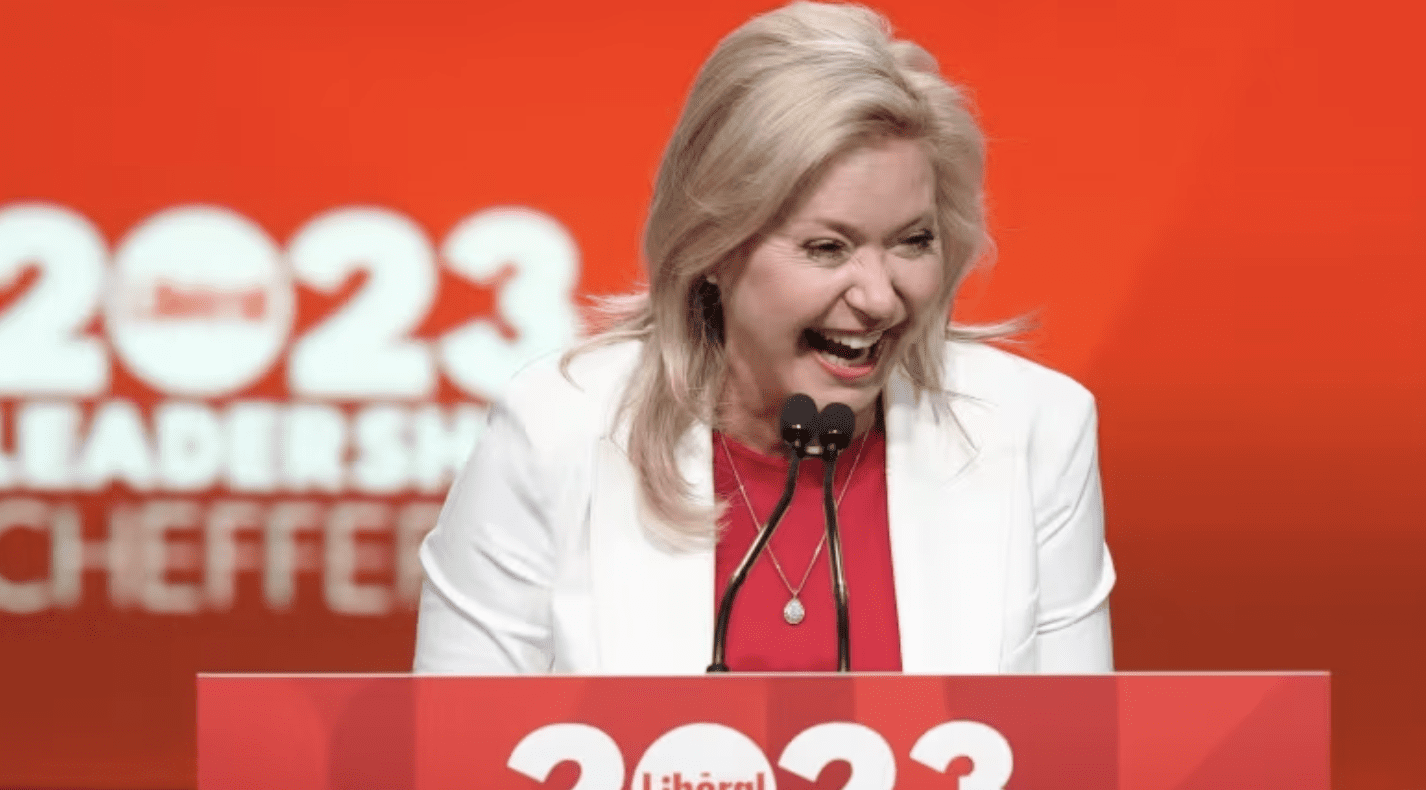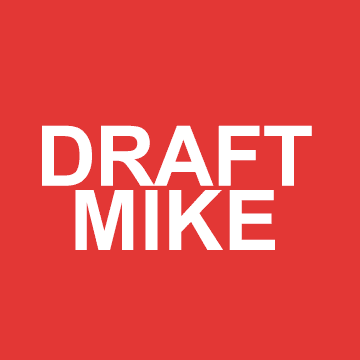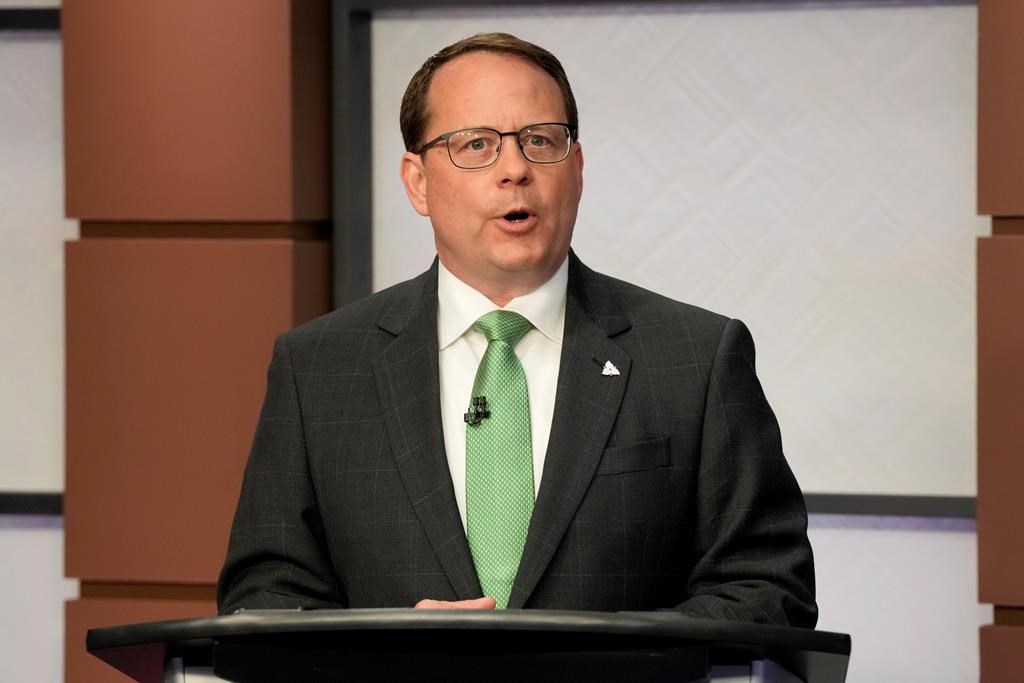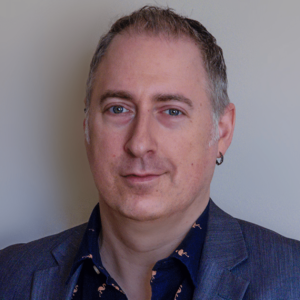Ontarians are looking for a government that is responsible with taxpayers’ money and leaves more in their wallets. And a lot of the promises that got Premier Doug Ford elected still haven’t materialized.
Enter Mississauga Mayor Bonnie Crombie.
Crombie just won the leadership of the Ontario Liberal Party. She’s been talking a good game about responsibly managing Ontario’s finances. And it appears she recognizes where the Ontario Liberals have gone wrong in the past.
“I think some of the decisions were too costly for Ontarians,” Crombie said in an interview last May. Crombie questioned the Wynne government’s spending choices in areas ranging from health care to child care.
During the Ontario Liberal leadership campaign, Crombie campaigned on policies to attract voters who were disillusioned with the reckless spending last time the Ontario Liberals controlled Queen’s Park.
Crombie also has a decent record as mayor of Mississauga. During her time in office, she’s largely kept property tax increases in check. Next year’s local property tax hike is set to come in under the rate of inflation and will be among the lowest increases in the GTA.
Ford rode a wave of taxpayer discontent straight to the premier’s office. He promised to get the province’s reckless spending under control and lower the tax burden on hardworking Ontarians.
But so far, Ford has failed on both fronts.
Crombie now has an opportunity to win over Ontarians frustrated with the tax-and-spend policies championed by both previous Liberal governments and the Ford Progressive Conservatives.
Here are three things Crombie could do to position herself as the taxpayer fighter Ford once promised to be: commit to balancing the budget, lower the tax burden for hardworking Ontarians and take the provincial debt seriously.
Ford promised Ontarians just months ago that he would balance the books next year. Instead, the government’s fall economic update announced a $5-billion deficit.
Crombie should lay out a vision to immediately balance the budget. There’s a lot of wasteful spending Crombie could go after, ranging from corporate welfare, to the new Ontario Infrastructure Bank, to taxpayer payouts to political parties.
Then there’s taxes. Ford promised a middle-class tax cut in 2018, but he hasn’t delivered. Ford promised to cut the second income tax bracket by 20 per cent, saving Ontario taxpayers up to $786 a year. Taxpayers are still waiting for those savings.
Crombie should promise a tax cut of her own to win the support of millions of Ontarians who are barely making ends meet. Income taxes are too high. The government’s gas tax cut is only temporary. And high sales taxes only make inflation worse. Crombie could pledge to lower any one of those taxes and find positive reception in every part of the province.
Crombie also needs to present a plan to lower the debt.
Ontario now has $400 billion in debt, largely thanks to the province’s last two Liberal premiers, Dalton McGuinty and Kathleen Wynne. The debt spiral they initiated is a major reason why the Liberals have remained a fringe party since 2018.
To stare down the ghosts of the Liberal Party’s past, Crombie should lay out a plan to use future surpluses to get the debt down and add a line item to the provincial budget that goes toward debt repayment. If Ford won’t be fiscally responsible, Crombie should promise to fill the vacuum.
Affordability is the number one priority for taxpayers. And the Ontario government is simply unaffordable. It spends too much and that means tax bills are too high. Crombie needs to make the case that she cares about making life more affordable for taxpayers.
Jay Goldberg is the Ontario Director of the Canadian Taxpayers Federation












